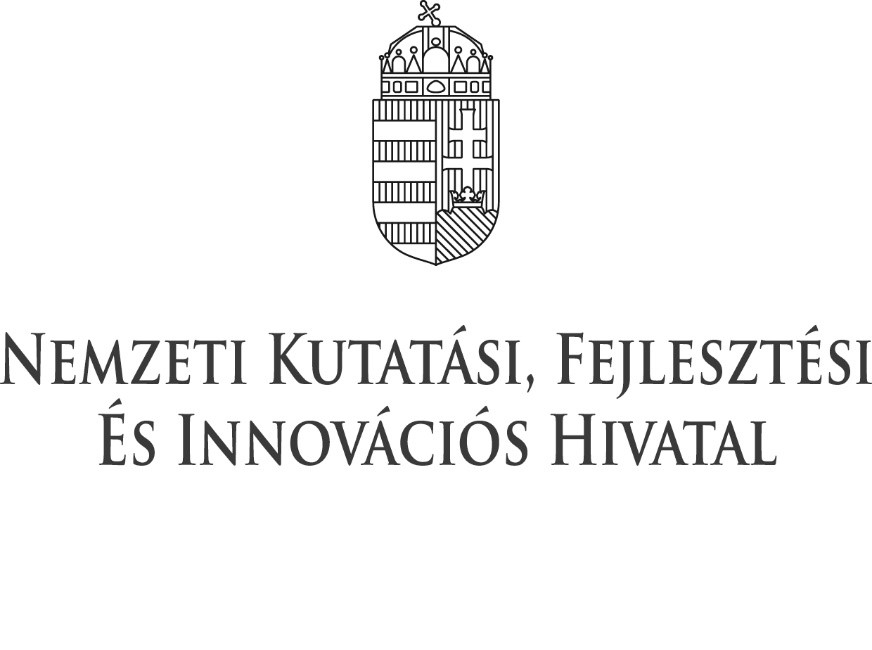(231f) Removal of Trace Amounts of Polluting Metals from Concentrated Electrolytic Rock Salt Solutions By Coagulation, Sedimentation and Ion Exchange
AIChE Annual Meeting
2023
2023 AIChE Annual Meeting
Process Development Division
Manufacturing Technology Improvements for Chemical/Energy Industries
Tuesday, November 7, 2023 - 5:35pm to 6:00pm
We previously developed a measurement method for the photometric determination of the trace amount of dissolved aluminum in concentrated salt solutions. The total (partly ionic, partly colloidal) aluminum content as well as other metal content can be measured using the ICP-OES method. Using these two methods, the sedimentation of metal contaminants in the untreated rock salt solution, as well as the coagulation in the case of aluminum, examining the time and pH dependence of the process can be followed. We determined the favorable pH values for the removal of individual metal ions, as well as the necessary sedimentation time at the operating temperature of 60-65 °C. In the case of aluminum, the surprising conclusion is that in addition to the neutral and weakly acidic pH around 5-7, the alkaline pH of 11 is also very favorable for the process in the case of the tested rock salt solution, compared to the case of laboratory-grade rock salt and the dilute aqueous medium. Therefore, we also examined the effect of other metal contaminants present. Based on our experiments, while iron and silicon impurities had no effect, in the presence of at least 150 ppm (parts per million, expressed in mass calcium or 5 ppm magnesium, the aluminum content measured at the top of the solution showed a similar decrease as in the case of untreated rock salt. The coagulation and sedimentation of aluminum was even stronger in the presence of a higher concentration or combined presence of these alkaline earth metals in appropriate concentrations.
The precipitates separated from the model solutions containing various metal impurities, as well as the real plant precipitates of BorsodChem Ltd. (the leading company of the chlor-alkali industry in Hungary), were also subjected to XRD tests. These tests showed that hydrocalumite is separated from a solution with a suitable calcium content, and hydrotalcite is separated from a solution with a suitable magnesium content, which are mixed salts of aluminum with calcium and magnesium (the anions are hydroxide and chloride). These tests also confirmed that, in the case of pH=11, significant precipitation of the aluminum content is caused by the presence of calcium and magnesium ions, through co-precipitation in a common compound.
In addition, the ability of aluminum-containing precipitates separated from different media to redissolve in acidic (pH=3) and alkaline (pH=11) salt solutions was also examined. Based on our results, the calcium and magnesium content of the original brine, and thus the resulting precipitate has a significant effect on the solubility of the precipitates in both acidic and alkaline salt solutions, compared to the solubility of the precipitate separated from a salt solution containing no calcium and magnesium.
So, the dissolved calcium and magnesium content has a beneficial effect on the removal of the aluminum contaminant in the brine from several points of view. On the one hand, it promotes the coagulation and sedimentation of aluminum by forming a common precipitate, and on the other hand, it also reduces the solubility of the precipitate, even in acidic saline solutions. Our results are confirmed both by the concentration of the solutions measured photometrically and by the ICP-OES methods, and by the XRD results of the precipitates. According to our experiments, individual contaminating metal ions facilitate the removal of each other, so compared to the current process, however only a pH change is sufficient to significantly improve the process.
The removal of aluminum ions remaining in solution after sedimentation by ion exchange was also investigated. Therefore, we conducted experiments with resin types containing different functional groups, mapping the dependence of the aluminum binding capacity of these resins on the solution's pH, salinity and the presence of other ions. In addition, we also examined the time dependence of the binding, as well as the lowest concentration to which each type of resin can reduce the dissolved aluminum concentration of salt solutions at different saturation levels of the resin. In addition, we also performed dynamic experiments mapping the effect of flow rates and the thickness of the resin bed, as well as investigating various regeneration methods. Our results contributed to the optimization of the operational ion exchange system.
Project no. C1340882 has been implemented with the support provided by the Ministry of Culture and Innovation of Hungary from the National Research, Development and Innovation Fund, financed under the KDP-2021 funding scheme.
